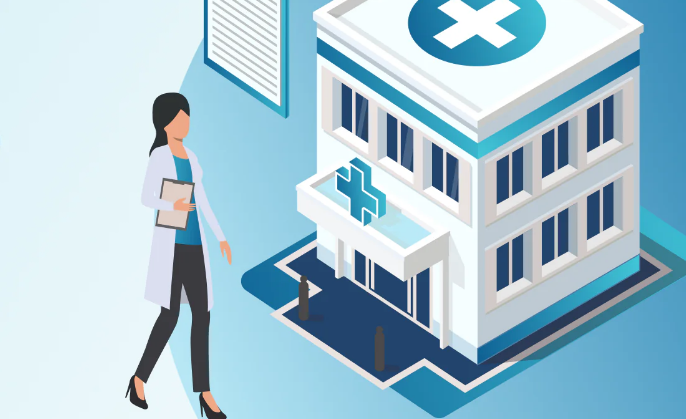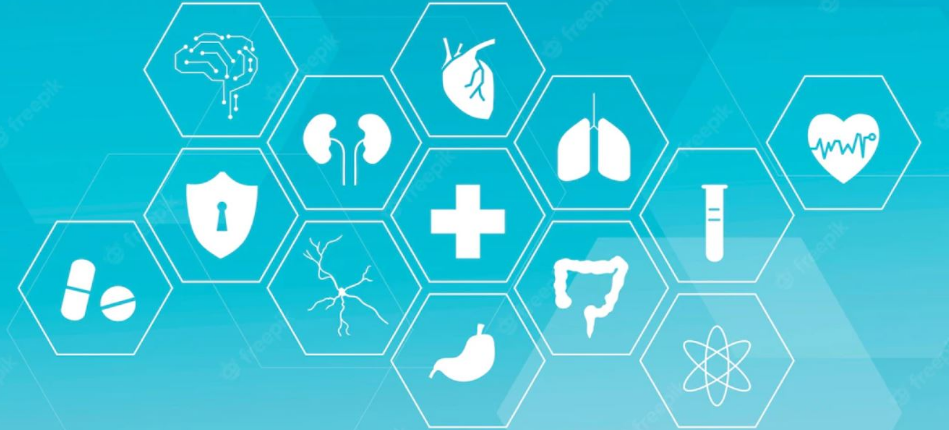By Grant Burns
HIPAA, short for the Health Insurance Portability and Accountability Act, is a U.S. law designed to safeguard patients’ medical data. It requires all organizations that handle health-related information to implement strict data protection and privacy measures. For any company in the healthcare field, understanding and complying with HIPAA is essential.
What Is HIPAA?
HIPAA is a comprehensive set of federal regulations that governs the legal use and disclosure of Protected Health Information (PHI) in the United States. Its main goal is to ensure the confidentiality, integrity, and availability of sensitive health data.
By complying with HIPAA, organizations not only avoid legal consequences but also build trust with patients by securing their private information.

Who Must Be HIPAA-Compliant?
If your organization handles health-related data, HIPAA likely applies to you. Compliance isn’t optional—it’s a legal obligation. There are two main categories of organizations that must follow HIPAA rules:
Covered Entities
These are organizations directly involved in providing healthcare or processing health information, including:
-
Health plans like HMOs, PPOs, Medicare, and Medicaid
-
Healthcare providers such as doctors, clinics, and hospitals
-
Healthcare clearinghouses that convert non-standard health data into standardized formats
Business Associates
These are third parties that work with covered entities and have access to PHI. Common examples include:
-
Electronic health record (EHR) vendors
-
Medical billing companies
-
IT service providers and cloud storage companies
-
Consultants, auditors, and legal advisors
Key HIPAA Requirements
HIPAA is made up of several core rules, each addressing different aspects of data privacy and security:
1. Privacy Rule
The Privacy Rule regulates how PHI can be used and disclosed. It ensures that patients’ data is only accessed or shared when absolutely necessary and with proper safeguards in place.
2. Security Rule
This rule sets standards for protecting electronic PHI (ePHI). It includes three types of safeguards:
-
Administrative Safeguards: Policies like risk assessments, employee training, and incident response planning.
-
Physical Safeguards: Measures to control physical access to facilities, such as secure workstations and disposal procedures.
-
Technical Safeguards: Technologies like encryption, access controls, and firewalls to prevent unauthorized data access.
3. Breach Notification Rule
This rule requires organizations to notify affected individuals, regulators, and sometimes the media if a data breach involving unsecured PHI occurs. Timely communication and mitigation are crucial.

Conclusion
Enacted in 1996, HIPAA remains a cornerstone of healthcare data security in the U.S. Any organization handling patient information—whether a hospital or an IT provider—must ensure full compliance. Following HIPAA requirements not only protects sensitive data but also helps organizations avoid costly penalties and reputational damage.
FAQ
What does HIPAA stand for?
Health Insurance Portability and Accountability Act.
What is HIPAA compliance?
It’s the process of following HIPAA rules to secure and manage patients’ protected health information.
Who does HIPAA protect?
HIPAA safeguards individuals’ health records and ensures that medical data is securely handled.
Who must comply with HIPAA?
Covered entities (like healthcare providers) and business associates (like IT and billing services).
What are HIPAA’s main requirements?
Privacy Rule, Security Rule, and Breach Notification Rule.



